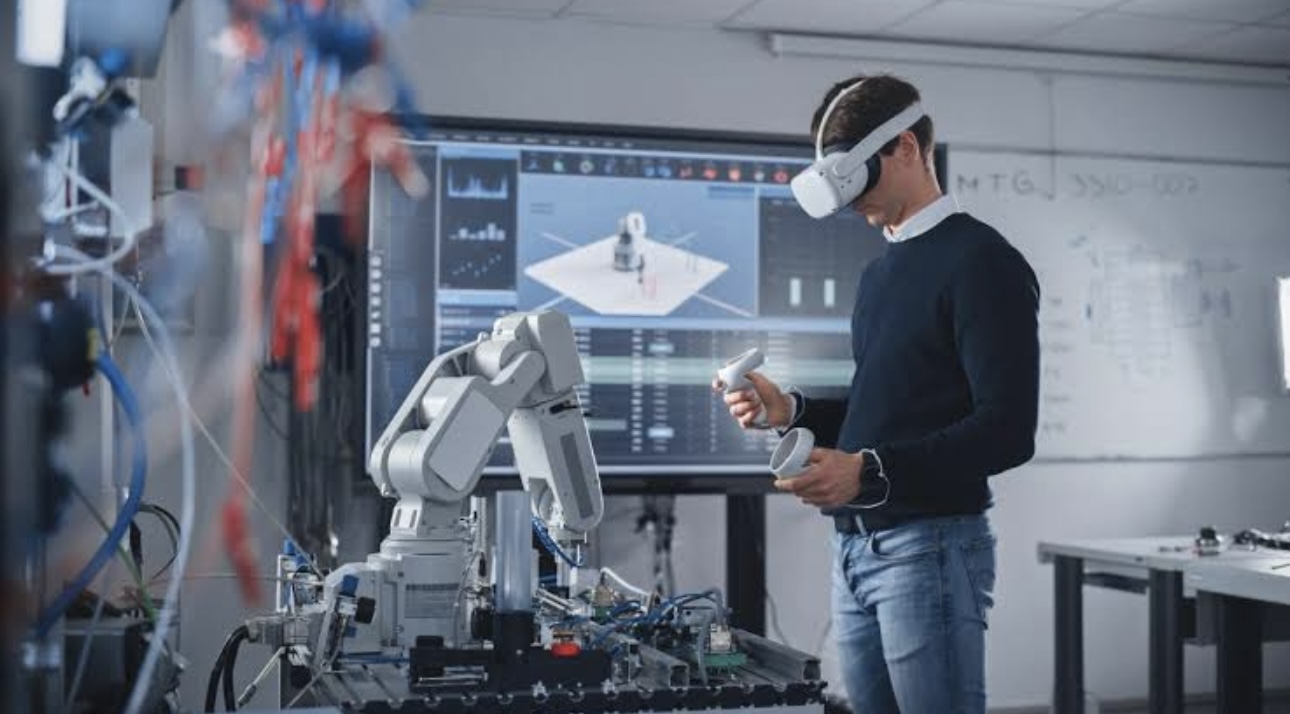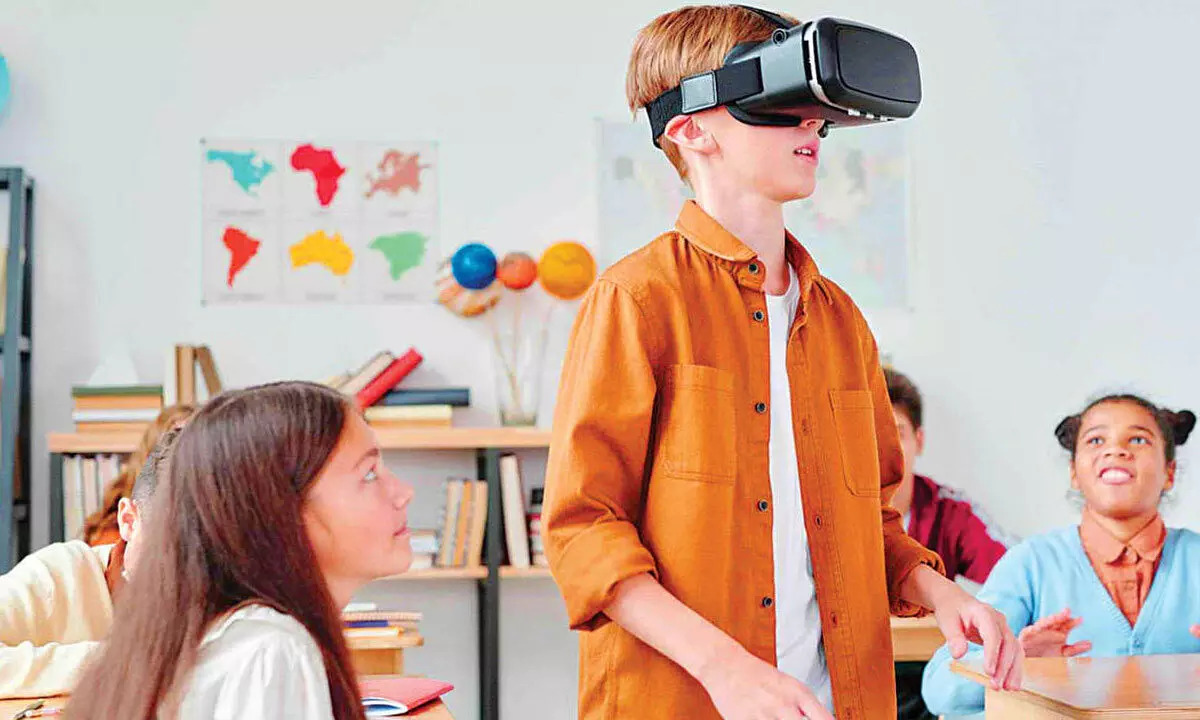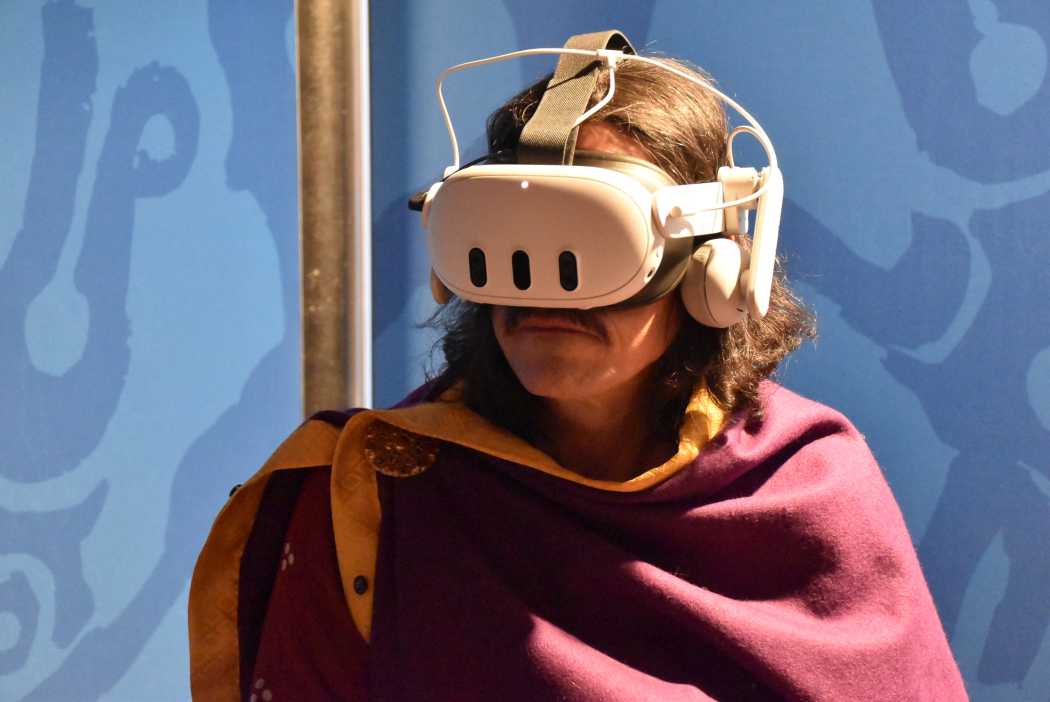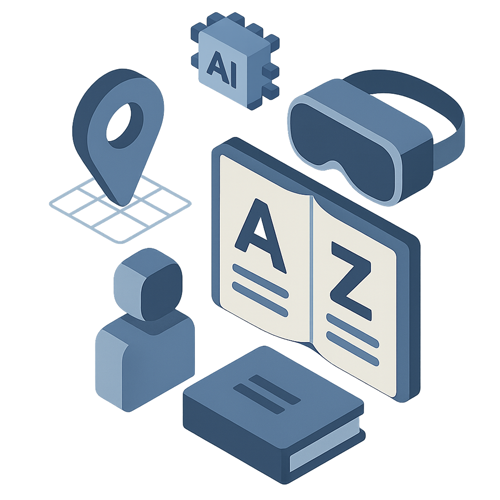The Role Of Augmented Reality (AR) in Industrial Automation And Training
International industries are traversing intense skills gaps, ageing labour forces and the rising pace of digitalization. As the TeamViewer-Bloomberg survey noted, 78% of top executives consider it a priority that their businesses transform digitally, including in the use of AR/XR, and 76% are expanding the budgets towards that. This boom can be viewed as a sign of the time to provide workers with understandable tools, to increase the efficiency, and to reach competence gaps. AR superimposes digital data such as step-by-step instructions, diagrams or safety warnings onto real-life environments transforming the way operators learn, carry out their work and collaborate.
Immersive Learning in the Fight against the Skills Shortage
There is an aging workforce facing a growing need for skills. When the older staff retires, there is succession by the younger workers that fail to conform to the industrial standards. AR corrects this by giving in-view instructions, so even amateurs will feel free to operate sophisticated machinery, even in high-stake situations: heavy tooling or turbine maintenance.
Universality of Training and Enhancement of The Memory Level
Traditional training can be in different level of quality and form. Interactive overlays can help to improve and be consistent with AR. With the guidance of the assembly by AR, Boeing has achieved a 30% decrease in assembly time periods and a 90% jump in first-time quality. The Siemens company employed AR to provide workers with risk-free environments where they can practice using simulations with the live systems afterward. In Stanford research, immersive training tools were able to increase training performance by up to 76%, and in some of the XR training programs, the onboarding process was reduced by 52%.
AR Inefficiency And Reducing Downtime
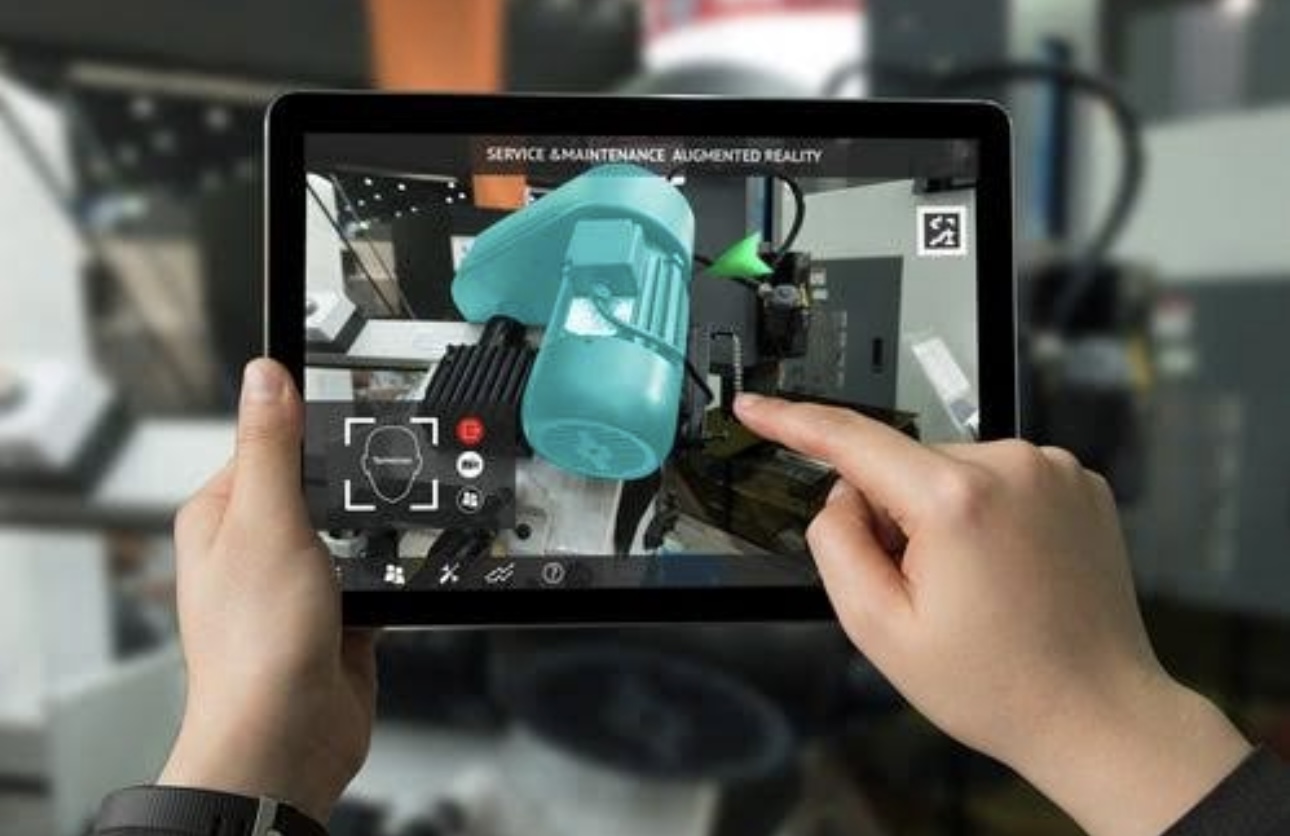
I. Best Practice Maintenance/Quality Control
AR can make maintenance easier because in real-time instructions, sensor information, and overlays appear directly on the equipment. To give an example, Volkswagen employs the use of AR to compare the visual elements of quality controls in its inspection so that errors become simple to identify.
II. Brilliant Remote Help
AR technical assistance enables workers to communicate easily with specialists. GE Aerospace introduced an AR workflow in place of the old manuals that gave technicians access to the procedures without the use of their hands and enabled a massive increase in the effectiveness of the onboarding. TeamViewer is implemented by Buhler Group through its AR system so that remote professionals can work with field staff and solve problems with machines faster without wasting time on trips. When faced with COVID-19, Rockwell Automation took advantage of its AR capabilities and was able to commission machines remotely with real-time visuals to guide the on-site team. These are actual field successes that shows how AR can be used to minimize downtimes, the expensive erring behaviors, and even track its operations efficiently even when over a continental edge.
Designing Safer, Interactive Learning Spaces
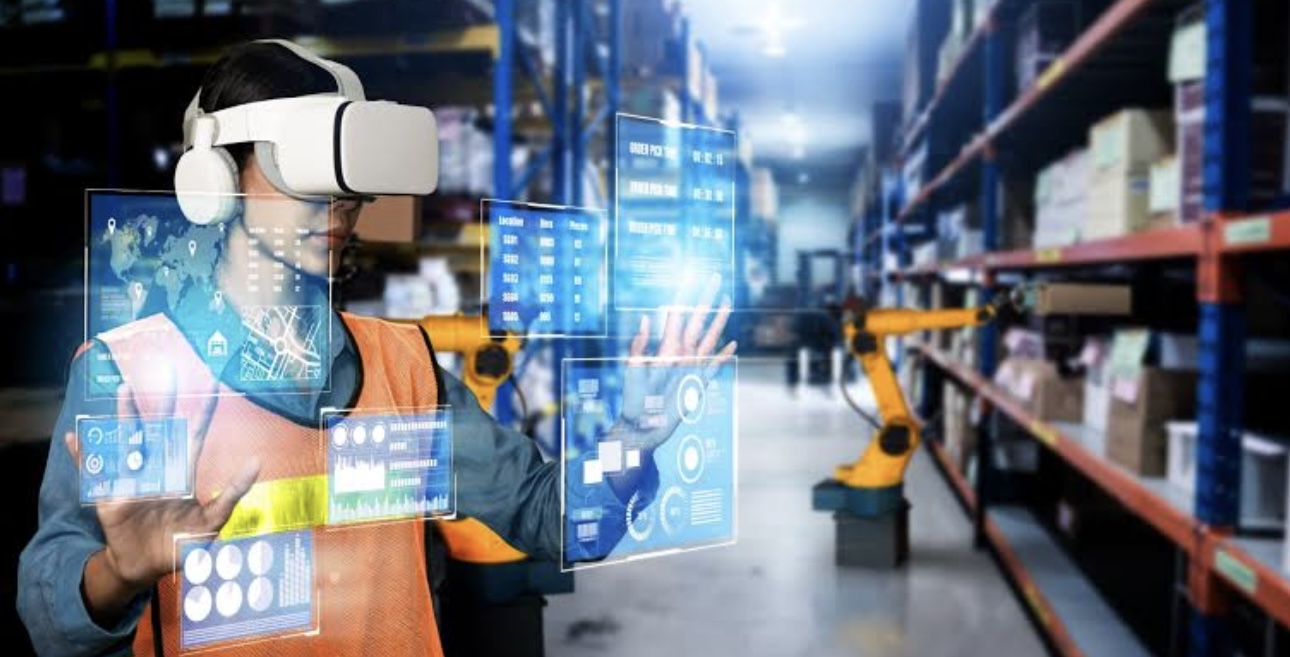
I. Safe Simulations Of High-Risk Situation
It is difficult and costly to perform training with live apparatus. Using AR, organisations could recreate potentially unsafe conditions, such as working around high-voltage gear or in an oil rig, so that employees can get first hand experience without putting their lives at risk. Shell has reinforced safety training with AR technology that resulted in a considerable reduction in the number of accidents when operating rigs, and Siemens has used AR to train people via computer simulations of emergency maintenance procedures.
II. Situational Learning Hands-free
When using AR headsets, employees are capable of getting instructions about what to do in real-time and hands-free. This will ease off distractions and increases productivity. In the case of coca-cola HBC and DHL, warehouses employed the use of AR, where a 37% increase in the speed of completing tasks at hand and a decrease in picking errors was recorded.
Smart Training in Smarter Workforces when AR and AI Collide
I. Personalized Learning
AR with AI leads to smarter and more customized learning conditions. AI applications monitor human behavior, detect mistakes, and recommend what to do in real-time. As an Example:
● Adjust instructions to the learning pace of the user.
Recommend remedial efforts on top of procedures.
● Performance feedback using record and analyze (IJSRET).
II. Industrial Robots Visual Programming
Such a project as RAMPA lets a user train a robot by showing it gestures and augmented reality images, rather than coding. By democratizing such automation, it allows operators who have no knowledge of programming to actually program by showing the machine what to do (arXiv). The outcome is human-like, graphic and impressive cooperation with robots.
Successes in the Real World Highlighted
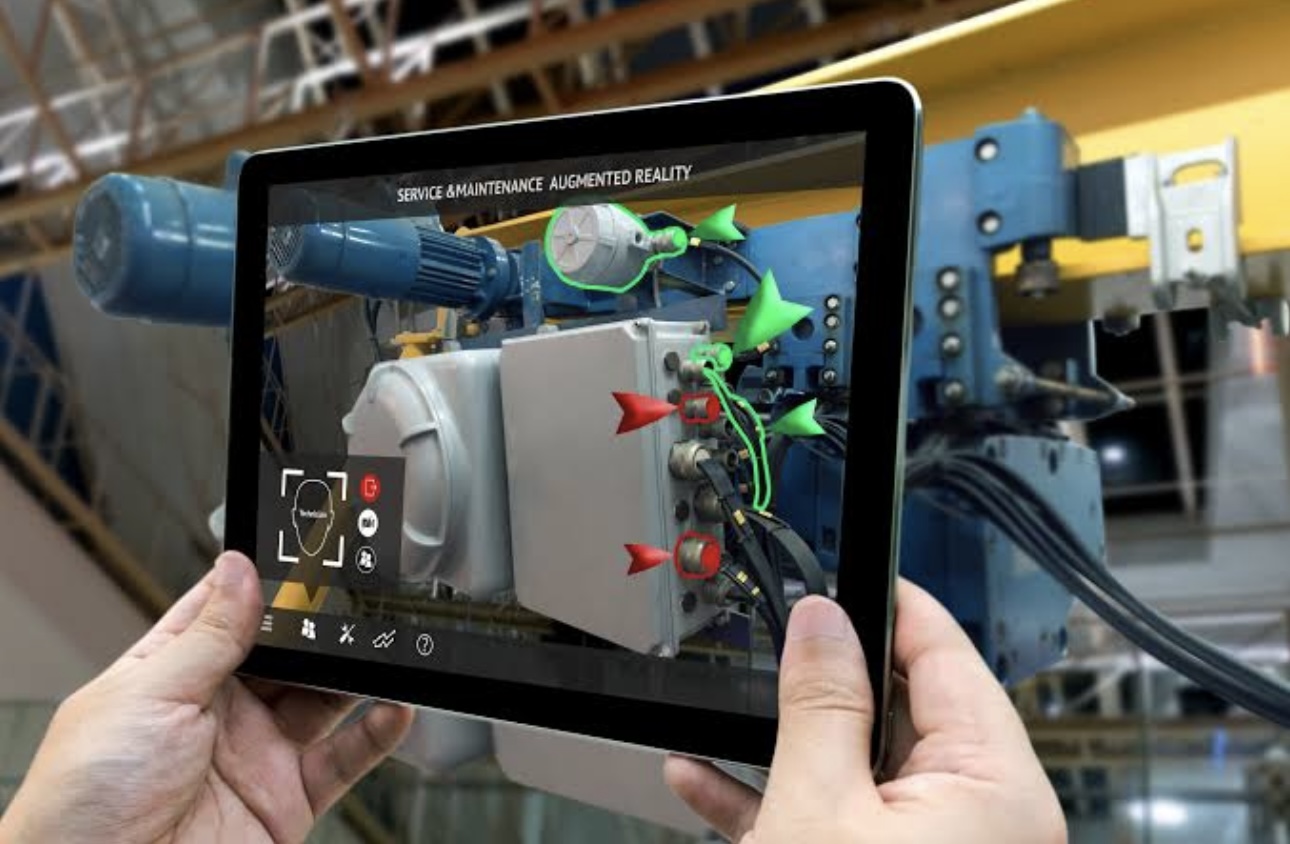
In all industries, AR is causing significant outcomes:
● GE Aerospace employed AR to facilitate the training of turbine technicians, so that training lasted less time and led to more accurate results in the practical process.
● Boeing enhanced productivity and quality in its assembly in a dramatic way using step-by-step AR overlay.
●Volkswagen inc improved quality control by overlaying digital design information on actual parts, thus decreasing the number of defects.
● At Coca-Cola HBC, logistics achieves speed and fewer errors with the help of AR. DHL also uses it in logistics.
● Buhler Group has used the remote AR support to unite international units, by allowing teams to operate the equipment with a higher uptime and less expert travelling.
● Shell used the safety drills together with AR, making it less risky and enhancing emergency preparedness.
These tales demonstrate the transformation power of AR to resolve the actual problems in the industry: quicker training, safer working areas, and more stable operations.
Benefits And Challenges
Key Benefits
● Quicker training and recruitment.
● Safety and accuracy in the task performance.
● Lower costs of traveling and operations.
● On demand doctor consultation wherever it is found.
● Improved retention rate and attendance.
Challenges To Watch Out For
● Hardware Comfortability And Robustness: There are still AR devices that are heavier or just not built to last in harsh conditions.
● Overdependence On Technology: Employees will become unable to make an independent decision.
● Integration Issues: AR should integrate with the enterprise system and IoT infrastructure.
● Change Management: There should be management and end user buy-ins of adoption.
Nonetheless, most firms have already dealt with these issues since they have invested in ergonomics, training, and cross-platform tools.
Future Perspective: AR in the Role of Core Industry 4.0 Technology
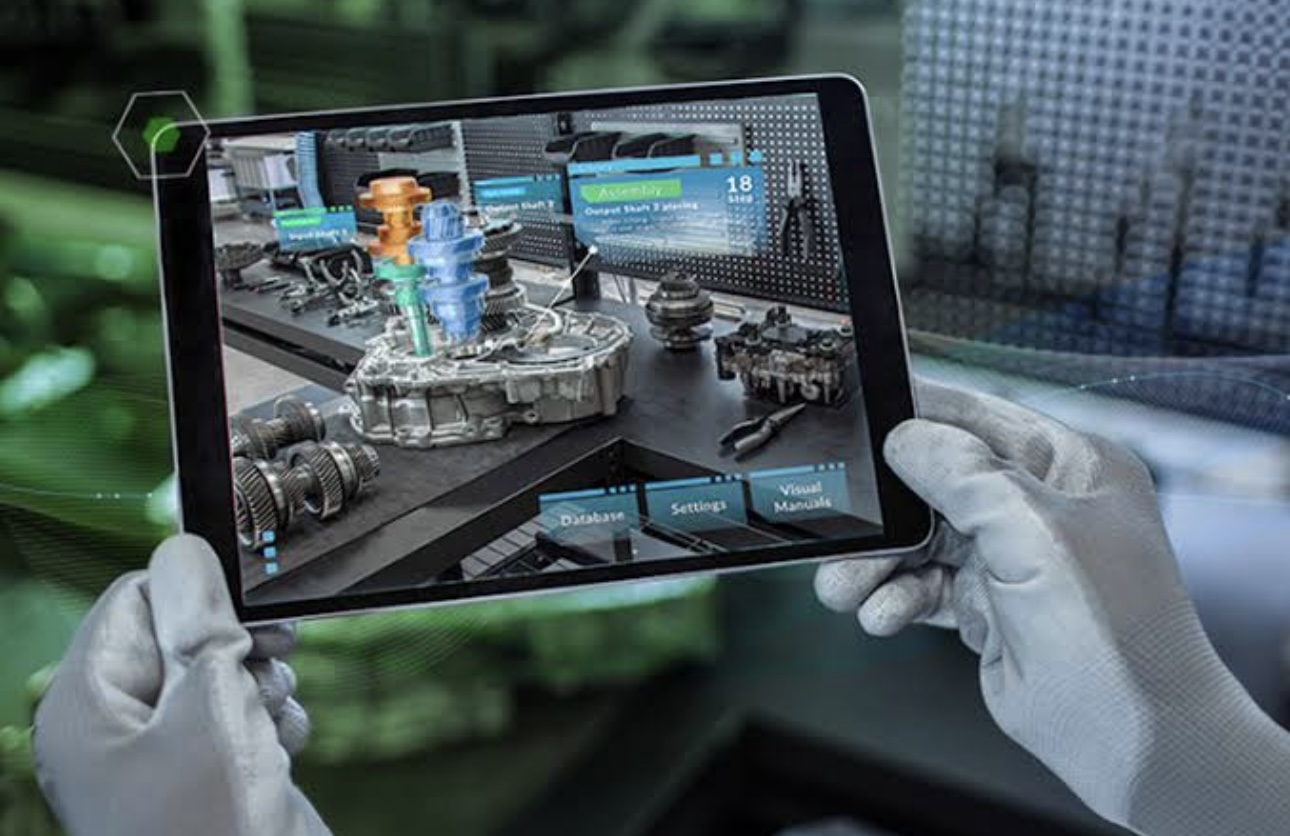
I. Equipment And Connectivity
AR headsets are becoming less heavy, smarter, and more immersive. Enhanced 5G and edge computing enhance connectivity and will help in making AR experiences smoother and consistent in the field.
II. Enterprise-Wide Scaling
As the costs of hardware decrease and ROI increases, AR is moving beyond pilot projects to enterprise adoption or, at least, many companies make preparations due to automation and workforce shortages.
III. AI-AR Ecosystems
The synergy of AR with AI and analytics will allow predictive learning, real-time safety alerts and context-aware guidance systems in their entirety. Analysts say that AR will enter industrial workflows like the spreadsheet, a must-have component of Industry 4.0.
Best Practices Of AR Adoption
Organizations are advised to do the following to be successful in AR:
I. Begin by having clear objectives at hand – Start by addressing burning pains such as errors or downtimes.
II. Small scale fast – Pilot with one department and then roll out.
III. Buy devices that are friendly to use – comfort and clarity is essential.
IV. Combine data and analytics – Give AR real time feedback.
V. Train end-users and leaders – make the adoption top down.This way, AR turns into not only a tool, but a strategic benefit.
CONCLUSION
The industrial world is undergoing a revolution in relating to training and onboarding, maintenance, diagnostics, augmented reality. It is reducing expenses, improving employee safety, and making business sustainable with more intelligent and immersive teamwork. AR is not only useful in these times as it can ensure more swift automatization and stabilize the workforce environment, and any company adopting AR in its operations today will be ready to be successful, competitive, and flexible tomorrow.
Quelle:


